What Is the Marginal Tax Rate? How Much Tax Do You Pay
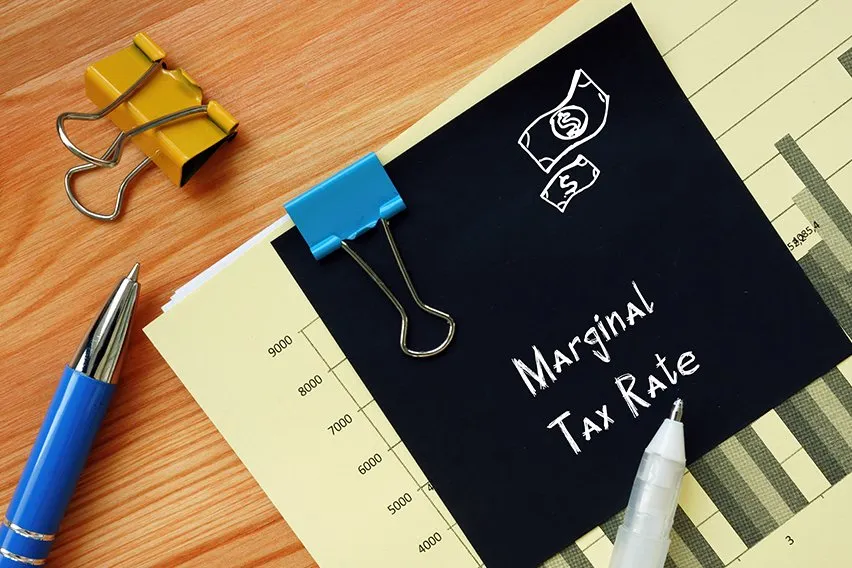
As a small business owner, there are some effective tax rates you are required to pay to HMRC each year. The percentage of tax that you end up paying depends on your earnings, so it’s also impacted by the type of business that you operate. But do you know what the marginal tax rate is or how much you need to pay?
It can be important to understand how the marginal tax rate works as it could have an impact on the way you calculate your business’s tax. And there are a few key elements to keep in mind when figuring out tax liability and your tax refund. Here’s everything you need to know about the marginal tax rate.
Here’s What We’ll Cover:
What Is the Marginal Tax Rate?
Tips to Reduce Your Marginal Tax
What Is the Marginal Tax Rate?
To keep it simple, the marginal tax rate is basically the tax rate that you pay on every additional dollar of income you earn above a certain threshold. But before getting too far, it’s also important to take a look at your income tax. And when it comes to income tax, the amount you owe depends on two factors.
- The income level that ends up in your personal allowance (PA)
- How much income is remaining within a tax band

The majority of business owners have a personal allowance threshold of £12,500. This means that you don’t need to pay any tax on your earnings up to that amount. Once you go above that amount the percentage of tax that you pay is known as the marginal rate of tax.
So, the amount of tax that you pay on any earnings for the next pound earned above £12,500 is subject to the marginal tax rate.
The rate was designed to help make sure that those who earn less compared to higher earners pay a reduced proportion of their income in taxes. It’s part of a progressive tax structure that sees anyone who earns less than £12,500 not have to owe any taxes. Where those that earn over £150,000 will pay a marginal tax rate of 45%.
How Much Will You Have to Pay?
The amount that you will have to pay depends on how much your earn, or your taxable income. Anyone who earns a personal allowance up to £12,500 will not owe any tax. But earning one more pound can put single taxpayers into a different tax band.
For example, earning a taxable income between £12,501 and £50,000 will put you into the basic rate tax band, and the tax rate increases to 20%. Taxpayers with income between £50,001 and £150,000 will have a tax rate of 40%. And the additional rate tax band has a tax rate of 45% for earnings over £150,000.
It can be important to understand which tax band you will fall under as there can be some different implications. Having a taxable income of just £150,001 compared to £150,000 can be the difference between paying a 40% or 45% marginal tax rate.
Plus, the marginal tax rate could increase above 45% if you reach a higher income threshold. In the UK, as soon as your personal levels of income reach £100,000 your tax-free personal allowances get withdrawn. And when that happens, it could potentially add an additional 20% tax on top of the tax you pay on earnings.
It’s worth noting that the tax rates can fluctuate. So it’s important to check the HMRC website for the most up-to-date marginal tax rates and individual income tax rates.

Tips to Reduce Your Marginal Tax
There are several things that you can do to help provide some tax relief for your business. You could go as far as to restructure your business income. Or, you can work with a tax planning expert to help come up with a strategy and find an option that works best. There are also some general calculations you can do yourself to try and find some marginal tax relief.
- Look into investing some assets into ISA accounts
- Explore operating as a limited company if you aren’t already to help manage payments
- See if you can exchange your salary income for non-cash benefits
- Find out if you can make additional contributions to a pension fund
- Determine any charitable contributions
Key Takeaways
There is always going to be tax you will have to pay as a small business owner, there’s no avoiding that. And depending on how much taxable income you earn, it can affect the marginal tax rate you need to pay. The marginal tax rate was designed so that those who earn less won’t have to pay as much in tax compared to those who earn higher amounts.
You won’t pay any tax on personal allowance earnings up to £12,500, but as soon as you go one pound over you will have a 20% tax rate. And this applies up to £50,000 in taxable income. From there, any pound over that amount up to £150,000 in taxable income has a tax rate of 40%. Any amount over that has a tax rate of 45%.
The good news is that there are a few tax strategies that you can do to help stay in a tax band that works best for your business. Take a look at restructuring your business income if you need to or work with a tax expert to explore options. You can have the best opportunity to avoid the highest marginal tax bracket.
Did you enjoy reading this guide? Head over to our resource hub for more great content!
RELATED ARTICLES

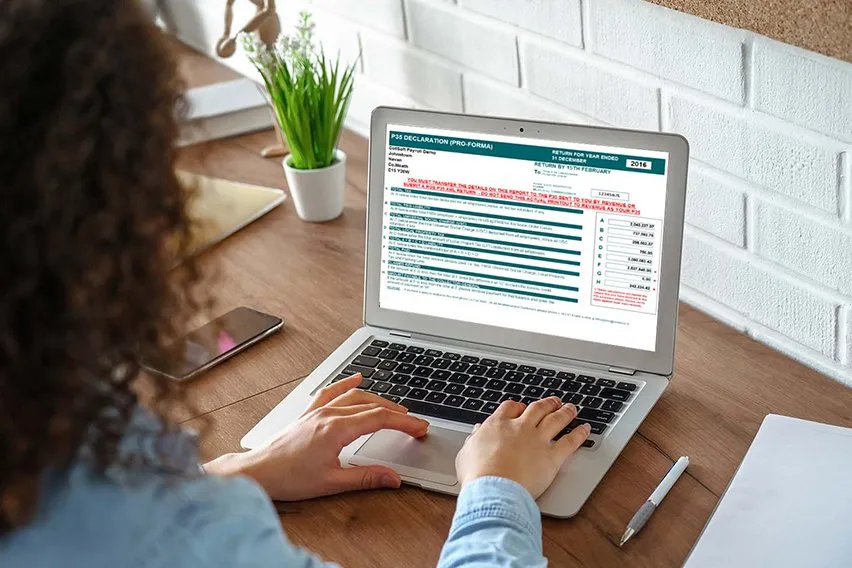 What Is a P35 – Payee Annual Return?
What Is a P35 – Payee Annual Return?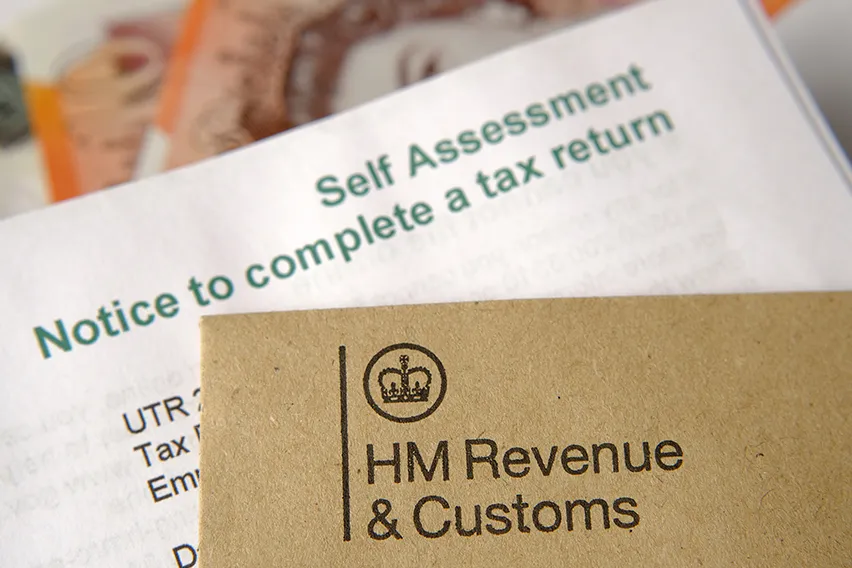 What Is HMRC Mileage Claim Tax Relief Policy? A Guide
What Is HMRC Mileage Claim Tax Relief Policy? A Guide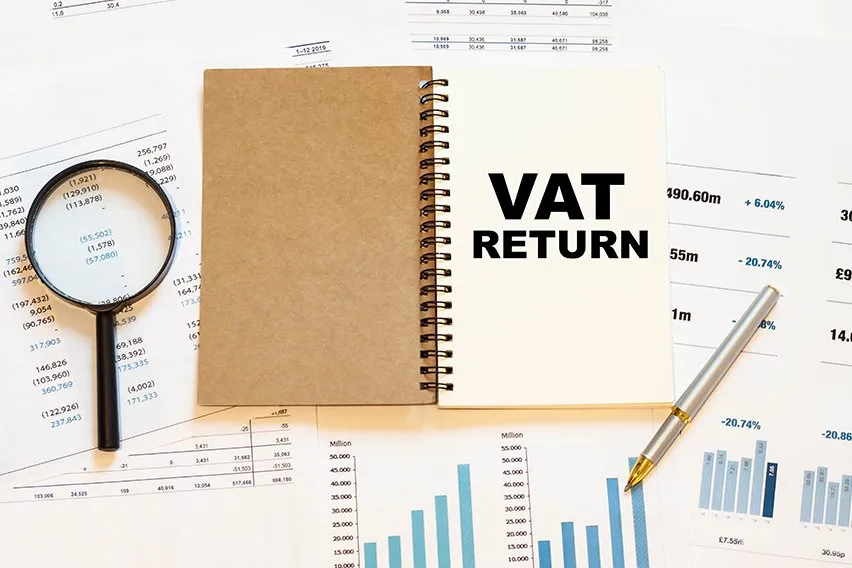 How to Claim VAT Refund: An EU Guide
How to Claim VAT Refund: An EU Guide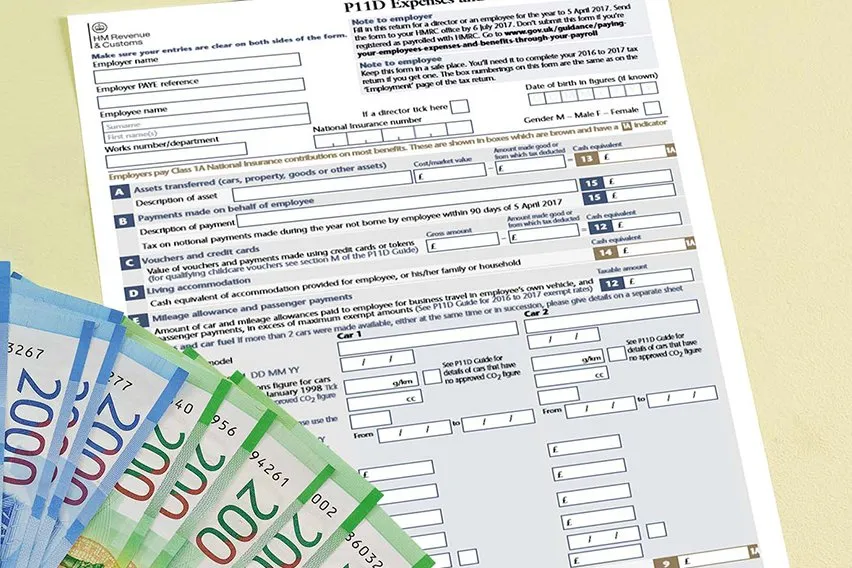 What Is a P11D Form? Expenses & Benefits for Employers
What Is a P11D Form? Expenses & Benefits for Employers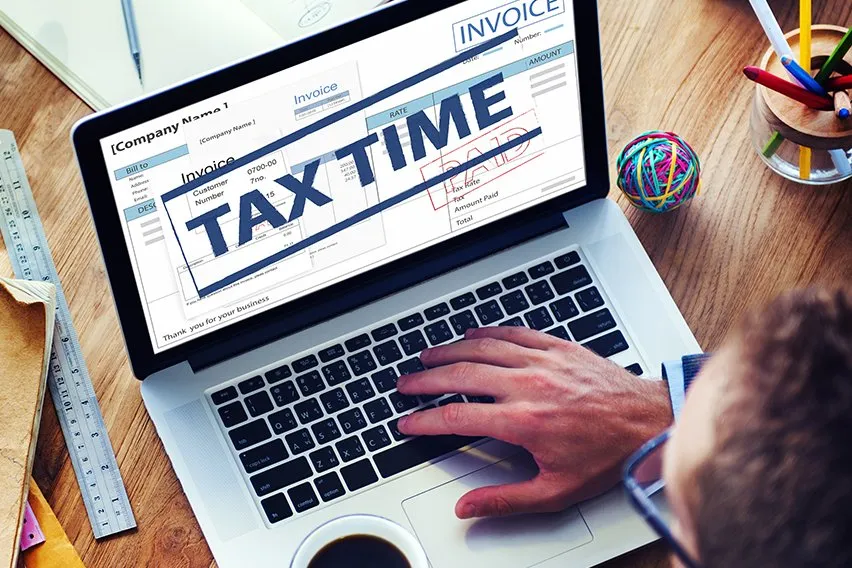 Best Tax Software For 2025
Best Tax Software For 2025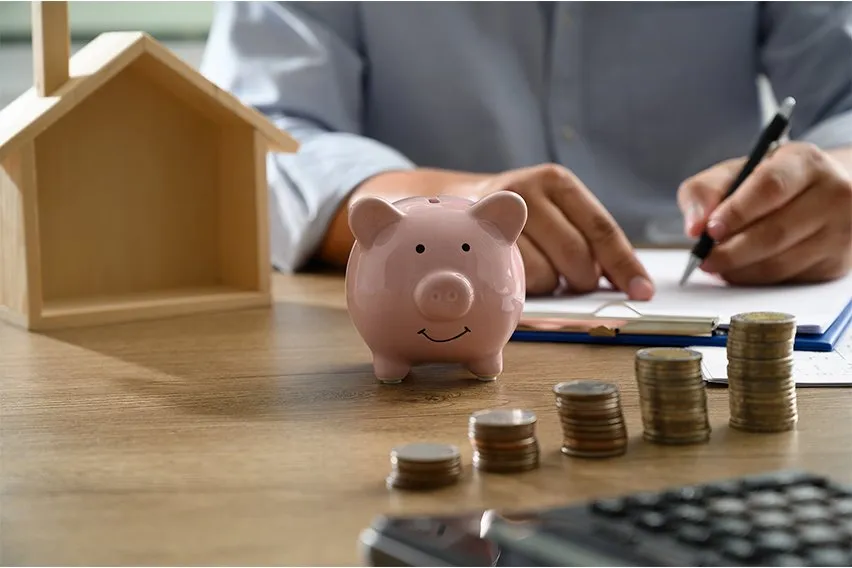 VAT vs Sales Tax: What’s the Difference?
VAT vs Sales Tax: What’s the Difference?